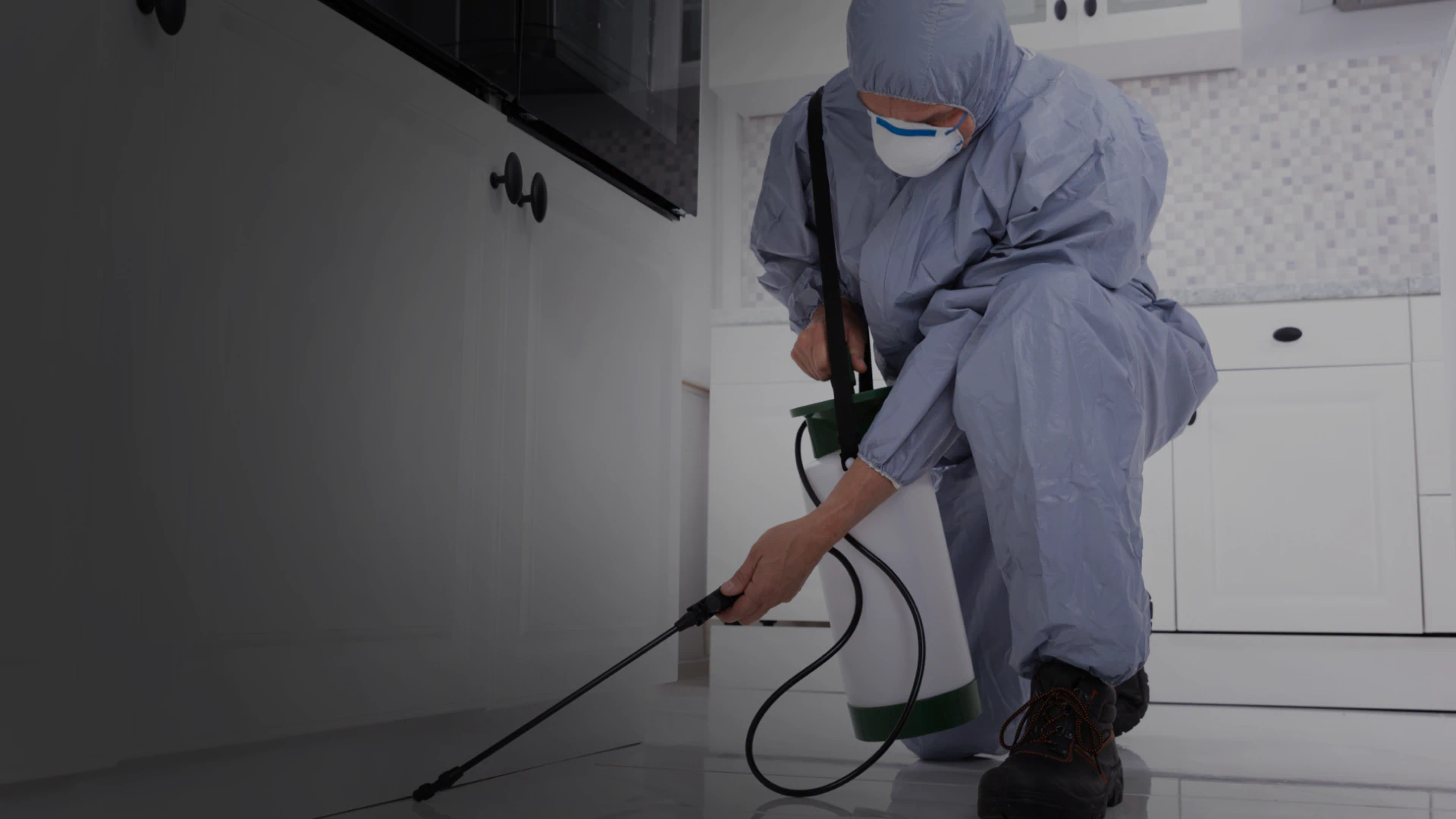Professional Exterminator Services: Say Goodbye to Vermin forever!
Expert Insect Control Techniques for Long-Term Outcomes
In the world of insect control, accomplishing sustained efficacy and lasting results needs a thorough approach that goes beyond simple elimination. Expert insect control methods envelop a comprehensive technique that begins with a complete examination and assessment, followed by specific pest recognition to comprehend their behavior patterns. The execution of Integrated Parasite Management (IPM) principles, combined with eco-conscious treatments, creates the keystone of sustainable parasite removal. The true examination lies in the continuous tracking and maintenance of the treated locations, making sure a pest-free setting for the foreseeable future. By delving right into the details of these techniques, a much deeper understanding of professional parasite control methods for withstanding outcomes emerges.
Evaluation and Analysis
Upon going into a building for insect control solutions, the initial step is a thorough inspection and analysis to identify the extent of the problem and identify one of the most reliable therapy strategy. Specialist bug control professionals are educated to diligently examine the properties, searching for signs of parasite activity such as droppings, munch marks, nests, or any type of structural damage. They will certainly likewise evaluate the problems that may be drawing in parasites, such as food sources, water leakages, or entrance points.

Insect Recognition and Behavior

Furthermore, comprehending the behavior of the determined parasite is crucial to executing efficient control measures. Recognizing where insects nest, what they feed on, and their activity patterns can assist pest control specialists develop approaches to eliminate them effectively.
Integrated Parasite Management (IPM)
Integrated Pest Management (IPM) strategies integrate multiple strategies to control and protect against parasite problems in a sustainable and eco-friendly manner. Exterminator DC. By integrating approaches such as organic control, habitat manipulation, alteration of cultural practices, and the use of resistant ranges, IPM aims to lessen making use of chemical pesticides
Among the vital principles of IPM is the focus on avoidance. This aggressive technique includes tracking insect populaces consistently to identify any possible concerns before they escalate. By identifying insect troubles beforehand, pest control steps can be carried out quickly and successfully.
Moreover, IPM advertises the usage of non-toxic insect control approaches whenever feasible. This can consist of employing natural killers of the parasites, presenting beneficial pests, or making use of scents to disrupt mating patterns. By decreasing dependence on chemical pesticides, IPM not just shields the online pest control services atmosphere yet additionally helps keep an equilibrium in the ecological community.
Environmentally-Friendly Treatments
Implementing eco-conscious techniques in bug control treatments can successfully address problems while focusing on ecological sustainability. Environmentally-friendly treatments concentrate on decreasing the effect of bug control approaches on communities, non-target organisms, and human health and wellness. These techniques commonly include making use of natural predators, such as ladybugs or nematodes, to control pest populaces, decreasing the requirement for chemical interventions. Furthermore, techniques like habitat manipulation, such as changing moisture levels or removing food sources, can assist hinder insects without making use of harmful materials.
An additional secret element of environmentally-friendly treatments is making use of organic and naturally degradable products that damage down advanced pest control promptly without leaving damaging deposits in the atmosphere. Herb insecticides originated from plants like chrysanthemums or neem provide effective bug control while presenting marginal threat to non-target varieties. Moreover, utilizing methods like warm treatments or pheromone catches can target specific insects with precision, minimizing the general environmental impact of pest control techniques.
Recurring Surveillance and Upkeep
Continuous monitoring and upkeep are essential elements of effective insect control management. Ongoing monitoring plays an important duty in ensuring that insect infestations are identified early and taken care of without delay. Regular examinations by experienced specialists are required to recognize any kind of indicators of pest task, analyze the efficiency of previous treatments, and make adjustments to the insect control plan as required. By keeping track of insect populations with time, pest control specialists can track fads, anticipate possible problems, and apply preventive actions to reduce the risk of future problems.
Along with surveillance, upkeep methods are crucial for long-term insect control success. This includes implementing correct cleanliness procedures to get rid of prospective food and water resources for insects, sealing access factors to stop insects from entering the premises, and resolving any structural problems that could assist in parasite invasions (Exterminator DC). By incorporating recurring surveillance and upkeep right into an moved here incorporated bug management strategy, companies can make certain a pest-free environment and safeguard their home versus costly damages and health dangers
Verdict
Finally, making use of specialist pest control techniques such as comprehensive inspection and assessment, precise insect recognition and understanding of their habits, integrated insect administration techniques, environmentally-friendly therapies, and recurring tracking and maintenance are necessary for achieving lasting lead to bug control. By implementing these approaches, individuals can efficiently manage bug problems and maintain a pest-free setting in a sustainable fashion.